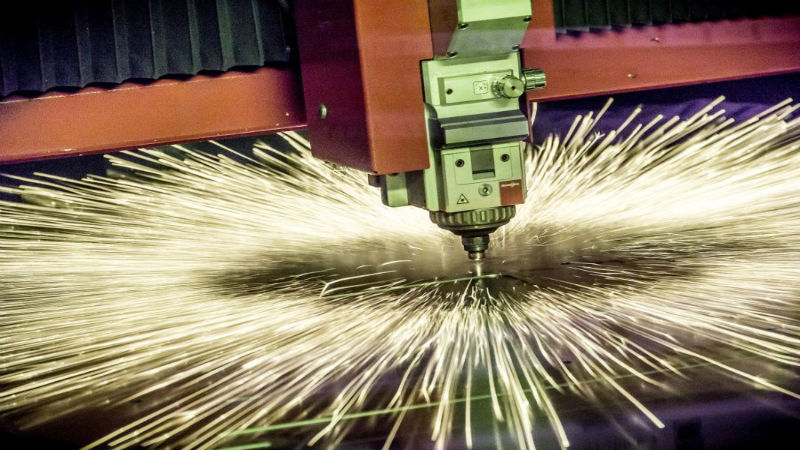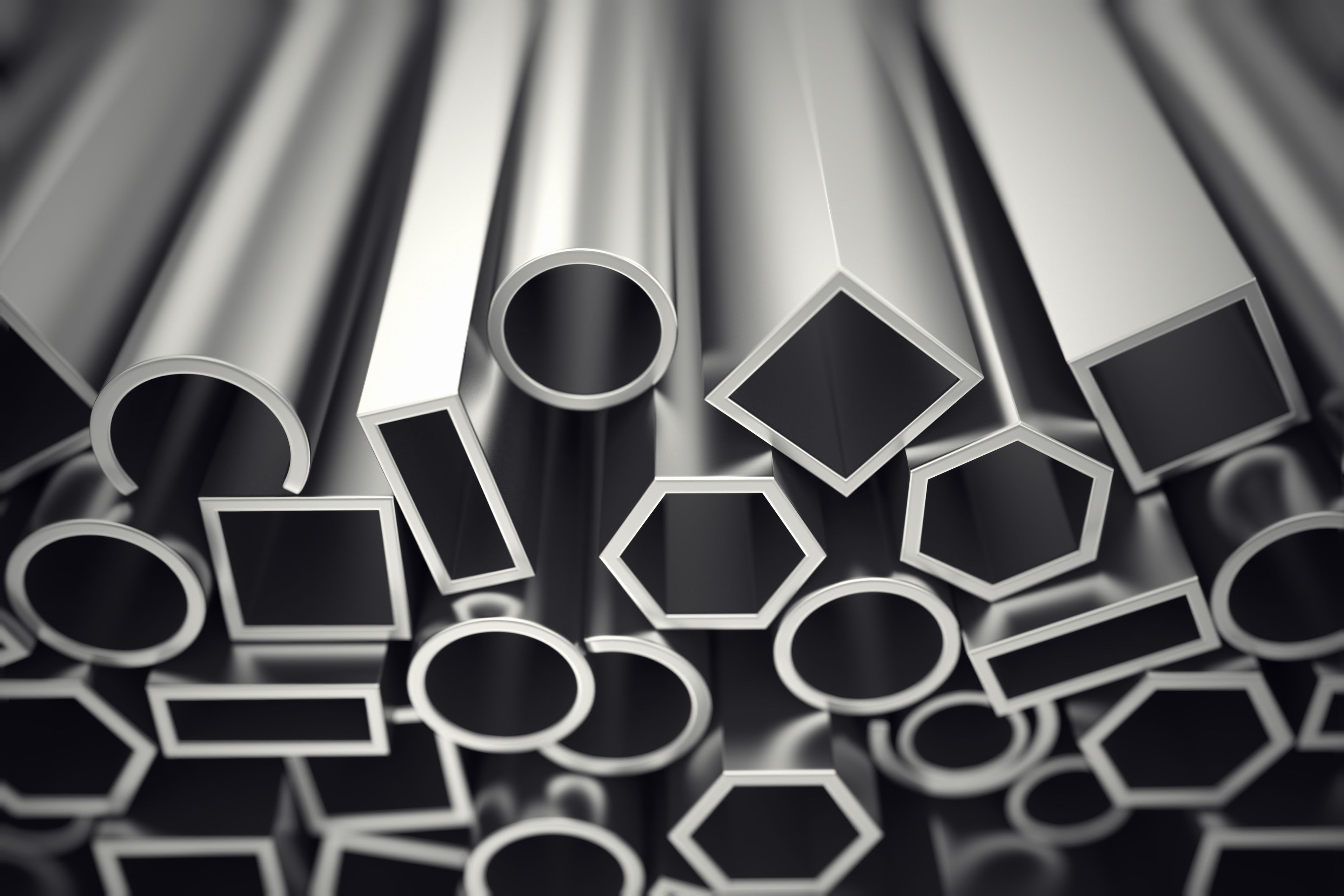Industries that require high corrosion protection for metal components are increasingly using this sophisticated plating technology. This strategy improves not only the durability of materials but also their aesthetic appeal. The zinc-nickel alloy’s distinctive qualities make it an excellent choice for many applications, particularly in the automotive, aerospace, and industrial industries.
The Science Behind Zinc Nickel Plating
Zinc nickel plating is the process of electroplating a zinc and nickel alloy coating on a metal substrate. This dual-metal coating has numerous advantages over ordinary zinc plating. The procedure starts with surface preparation, which is critical for obtaining maximum adhesion and homogeneity. The substrate is cleaned to eliminate any impurities, including oils, dirt, or rust, that could interfere with the plating process. After prepping the surface, the item is absorbed in an electrolytic bath containing zinc and nickel salts. An electrical current is provided, which causes zinc and nickel ions to settle on the substrate’s surface. One of the most valuable characteristics of the zinc nickel plating process is its capacity to produce a thicker covering than standard zinc plating. This thicker coating improves the component’s overall durability, making it more resistant to wear, abrasion, and corrosion. The alloy’s nickel component also contributes significantly to the coating’s corrosion resistance, especially in severe conditions.
Applications and Benefits of Zinc Nickel Plating
Zinc-nickel plating is versatile and suited for a wide range of applications in numerous industries. Fasteners, brackets, and chassis parts are simple automotive components that require appropriate corrosion protection due to their frequent exposure to moisture, chemicals, and temperature variations. The zinc-nickel coating protects these parts’ structural integrity and visual attractiveness over time. This plating process is extremely used in the aerospace industry due to its lightweight and corrosion-resistant characteristics. Aircraft components must withstand extreme conditions, such as high altitudes and changing weather. The longevity of the zinc-nickel coating enables these parts to survive such difficulties, maintaining flight safety and reliability. This plating process serves the industrial sector in many ways because it is used to build machinery, equipment, and tools that are frequently subjected to harsh operating conditions. The coating’s enhanced corrosion resistance increases the lifespan of these components, lowering maintenance costs and reducing downtime for repairs or replacements. Another notable advantage is its compatibility with multiple surface treatments; after plating, components can benefit from additional techniques such as passivation or topcoat application to improve performance. This versatility allows producers to personalize the finish to meet specific requirements, increasing protection and improving the overall appearance of the products.
Embracing Zinc-Nickel Plating for Enhanced Durability
The zinc nickel plating process stands out as an essential way to improve corrosion resistance in metal components. Its scientific underpinning, combined with the practical benefits it provides across multiple industries, makes it a top choice for producers. As businesses prioritize durability and dependability, demand for zinc-nickel-plated components is likely to increase. Understanding the complexities of this process allows firms to take advantage of its benefits to produce high-quality goods that meet the demands of modern applications.


